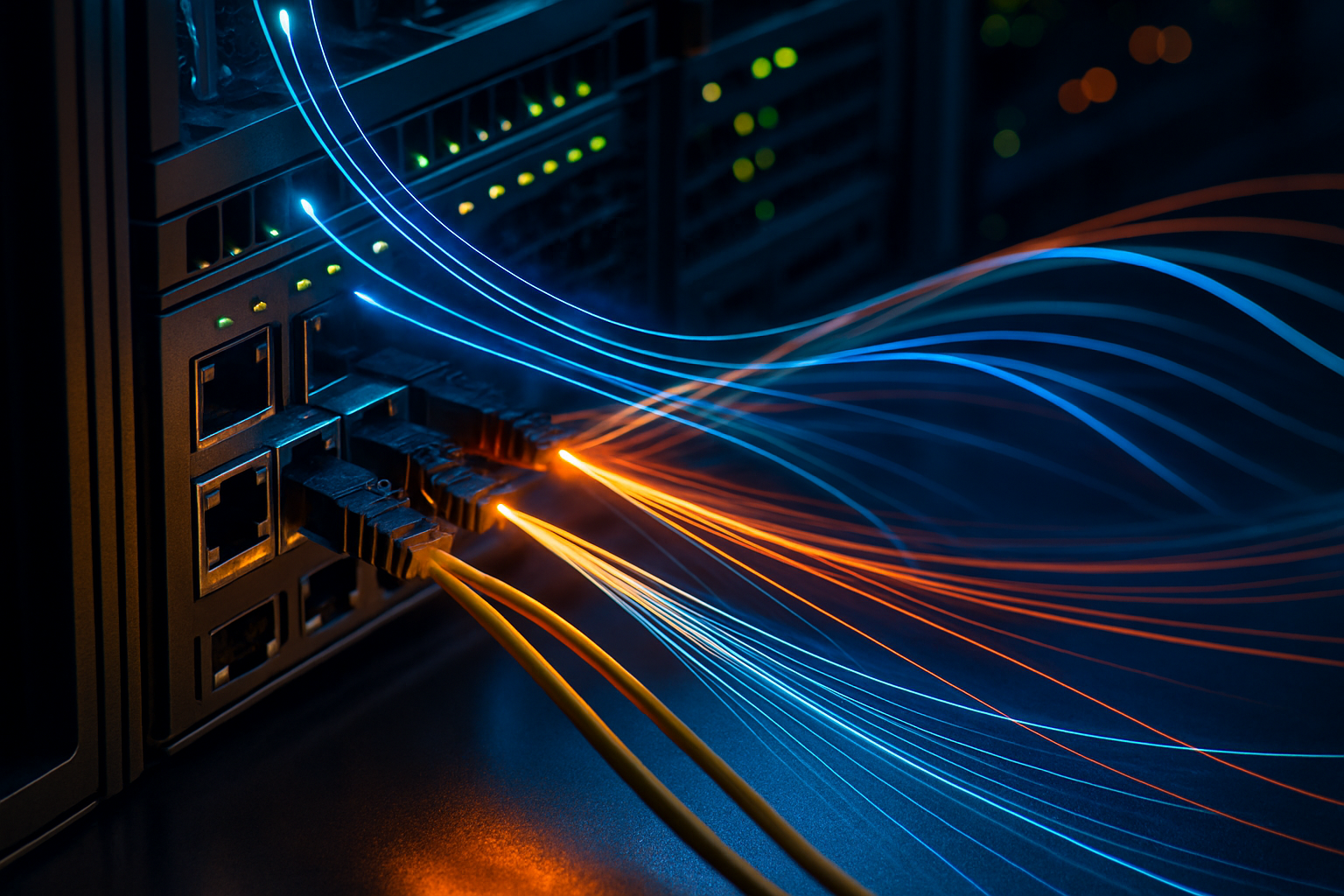How 5G and fiber upgrades are reshaping global connectivity
Upgrades to 5G wireless networks and fiber-optic broadband are changing how people and systems connect worldwide. These technologies together increase available bandwidth and reduce latency, enabling new uses such as real-time industrial control, denser Internet of Things deployments, and improved remote services. Carriers, network operators and local services are adapting infrastructure and peering strategies to balance capacity, security and sustainability while satellite and edge technologies extend coverage where terrestrial options are limited.

How do 5G and fiber improve connectivity and broadband?
5G and fiber address different parts of the connectivity stack. Fiber delivers high-capacity, low-loss links for long-distance and backbone transport, supporting large broadband throughput into neighborhoods and data centers. 5G adds flexible wireless last-mile and mobility support, enabling devices to access high-speed links without fixed lines. Combined, they expand broadband availability and make it easier for ISPs to provision higher bandwidth tiers. The result is more consistent throughput for both fixed and mobile users and a foundation for services that require sustained data transfer.
What changes for latency, bandwidth and edge computing?
Lower latency is a core benefit of pairing fiber with 5G and distributed edge infrastructure. Fiber reduces transmission delay across the backbone, while 5G radios and edge computing place compute and content closer to users, trimming round-trip times. That reduces apparent latency for applications such as video conferencing, cloud gaming and industrial control. Higher bandwidth from fiber-fed cells enables simultaneous high-throughput streams. Edge platforms also help optimize bandwidth use by caching and preprocessing data, which eases pressure on core networks and improves performance for latency-sensitive workloads.
How will satellite and roaming complement networks?
Satellite connectivity continues to evolve as a complement to fiber and 5G, especially for remote locations, maritime, and aviation. Low Earth orbit constellations can provide wider-area coverage and redundancy where terrestrial infrastructure is sparse, though satellite links typically have different latency and capacity profiles than fiber. Roaming across 5G and legacy networks remains important for global mobility; effective roaming depends on interconnections, standards alignment and agreements between operators. Hybrid approaches—combining terrestrial fiber, 5G radio access, and satellite uplinks—help extend consistent connectivity across varied geographies.
What role do ISPs, infrastructure and peering play?
Internet service providers and infrastructure owners coordinate upgrades across access networks, backhaul, and data centers. Fiber deployments form the backbone and backhaul for 5G small cells and macro sites, so planning fiber routes and right-of-way is critical. Peering arrangements and transit contracts affect how traffic flows between networks; improved peering can reduce hops and latency for regional traffic. ISPs must also invest in operational systems to manage capacity spikes and ensure quality of service. Policy, permits, and investment models shape how quickly providers can build the necessary infrastructure.
How do 5G, fiber and IoT affect security and sustainability?
Expanding connectivity increases the attack surface for networks and IoT devices, so security needs to be integrated across layers—from secure device onboarding and firmware updates to encrypted transport and network segmentation. 5G introduces new security capabilities but also complexity that requires updated practices and cooperation among vendors and operators. On sustainability, fiber and efficient radio architectures can lower energy per bit compared with older networks, while site consolidation and renewable energy at data centers help reduce carbon footprints. Lifecycle planning for hardware and responsible spectrum and site management contribute to longer-term sustainability.
What are practical impacts for users and local services?
For consumers and local services, combined 5G and fiber upgrades mean more reliable video streaming, faster cloud backups, and smoother remote work. Small businesses can use higher-bandwidth links for point-of-sale systems, cloud telephony, or distributed teams. Public services—education, healthcare, and transport—gain options for telemedicine, remote diagnostics and smarter traffic management. For local services and planners, understanding where fiber routes, 5G coverage and satellite backups intersect helps prioritize deployments that maximize community benefit and resilience.
Conclusion Upgrades in 5G and fiber are complementary steps toward denser, lower-latency, and higher-bandwidth networks. Together with edge computing and satellite options, they enable a broader set of applications while placing new demands on security, peering, and infrastructure planning. Real-world rollout will vary by geography and policy environment, but the technical direction emphasizes closer integration between fixed and mobile networks, with attention to sustainability and operational resilience.





